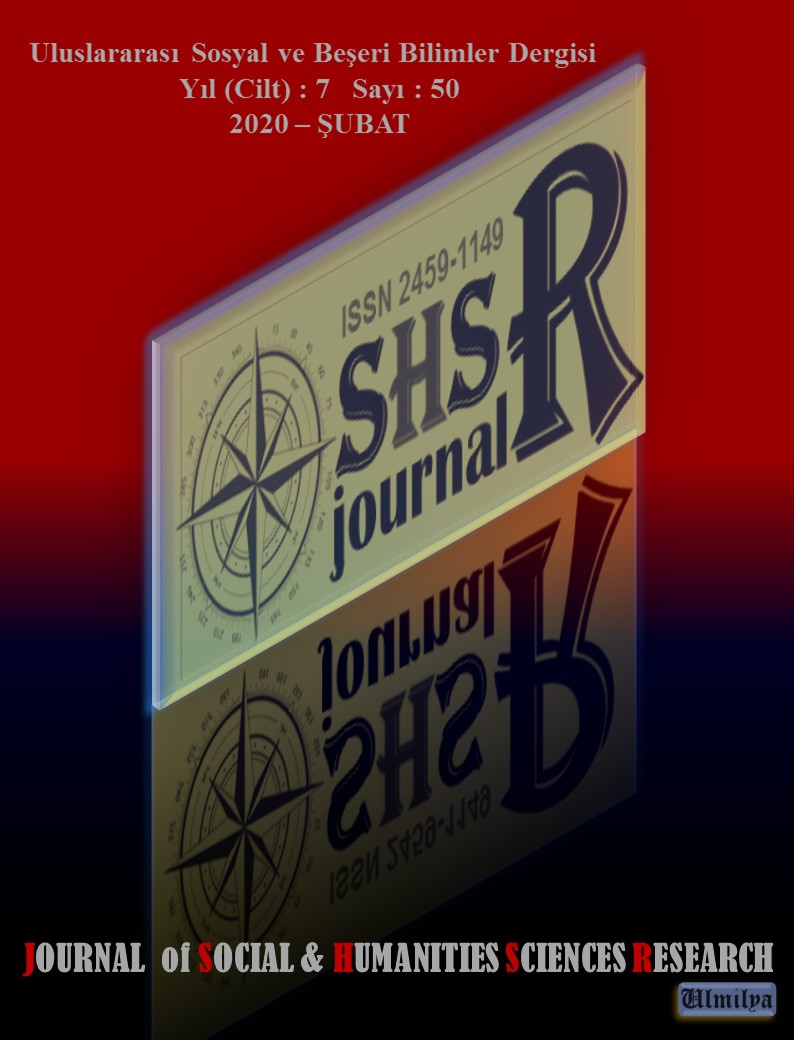GEOPHYTOSCAPE: A NEW INSIGHT INTO THE LANDSCAPE DESIGN PROCESS AND IMPLEMENTATION MODEL FOR CASE STUDY
DOI:
https://doi.org/10.26450/jshsr.1767Anahtar Kelimeler:
Geophytoscape, Interpretative geography, Landscape design, Spatial arrangement, Visual qualityÖzet
The improvements in physically sufficient and high-standard outdoor arrangements play an important role in visual landscape quality and design. In order to create a landscape design comprising of interpretative plant-geography, researchers often establish an outdoor geoscience laboratory to teach rock identification, mapping activities, interpretations of landscape features and subsurface geophysical structures in the field. However, there is a lack of an interpretative term to determine and manage the relationship between the characteristics of applied plant species composition and history and characteristics of the rocks. The main purpose of this study is to propose a new term called “Geophytoscape” to the landscape design field and apply an example of landscape design project in Osmaniye, Turkey that can increase the understanding of knowledge associated with the proposed term. The methods of Geophytoscape garden project implementation consist of three phases: 1) Site selection and preparation, 2) Selection of plant species and native rocks, and 3) Application process of Geophytoscape design. Within the scope of the designated project, it was demonstrated that a Geophytoscape garden can be a valuable landscape feature that includes a historical and regional relationship between rock characteristics and plant species being applied to the landscapes. Also, designing a naturalistic Geophytoscape garden is more than solely arranging the metamorphic rocks and plants in a random design. In order to create a satisfying naturalistic garden, basic design principles are very important in reducing the artificial effects of the designated garden.
İndir
Yayınlanmış
Nasıl Atıf Yapılır
Sayı
Bölüm
Lisans
Telif Hakkı (c) 2020 International JOURNAL OF SOCIAL HUMANITIES SCIENCES RESEARCH

Bu çalışma Creative Commons Attribution 4.0 International License ile lisanslanmıştır.


